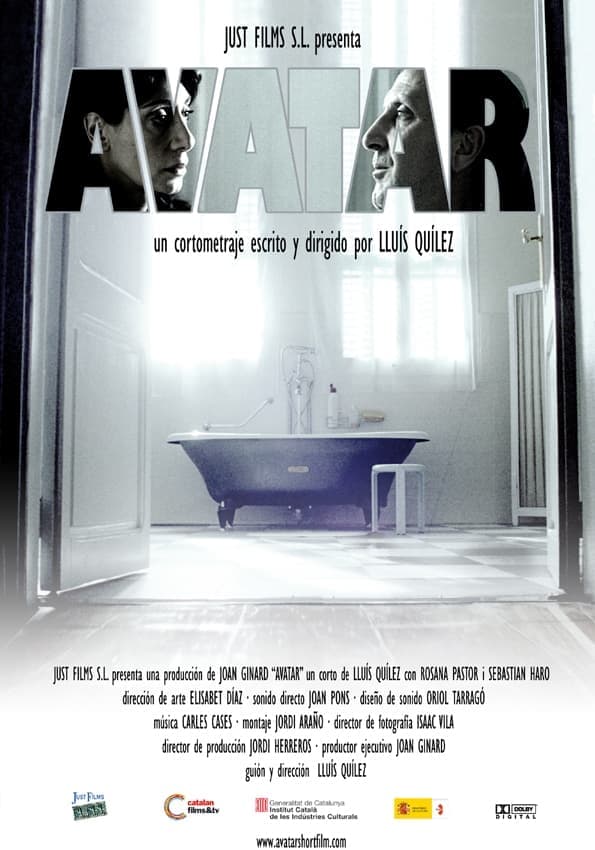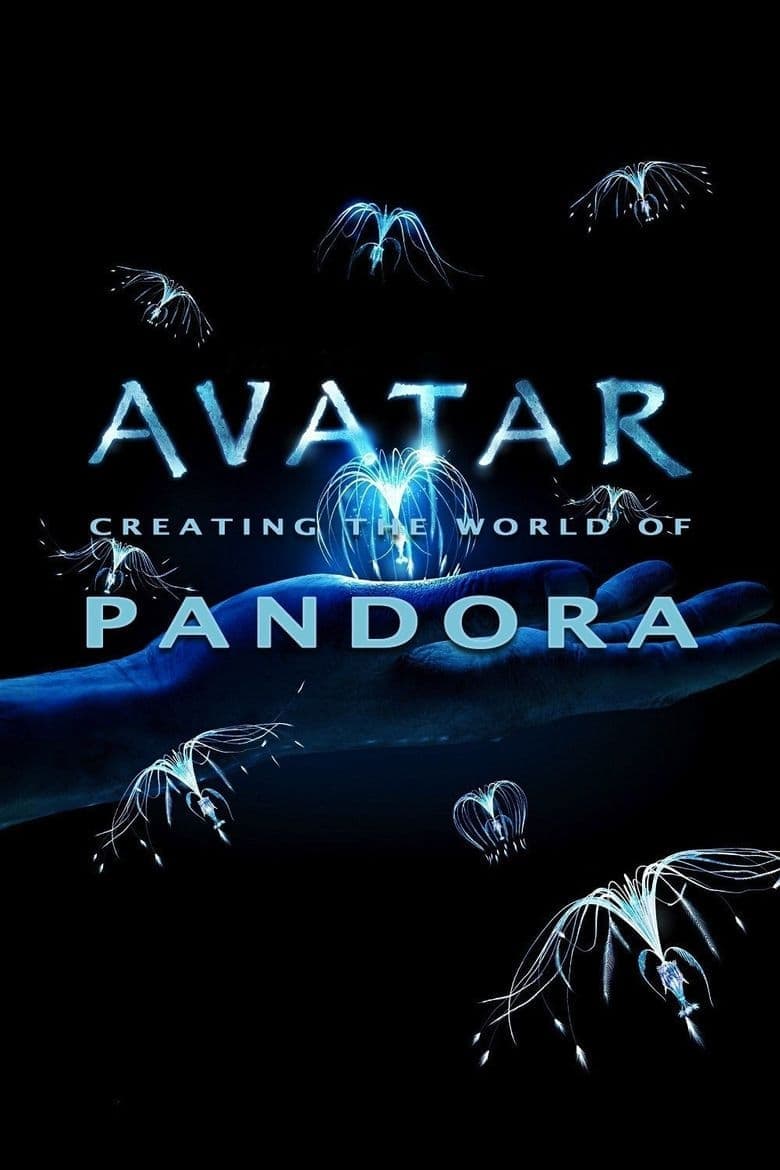All Recommendations

The Scrapper
Fed up with caprices of her employer's wife, Lia becomes a driver of architect Giorgi. Soon she falls in love with him, but different social status is an obstacle for their relationship.

Qadjana
Local baron decides to take poor Kikola’s land and orders a local witch Babale to persuade Kikola’s wife that non-compliance will bring suffering to their children Kato and Kajana. On the day of the Bonfire, Kato plays a wicked trick on her brother by dressing up as an evil imp. The shock makes Kajana dumb. The parents take him to a distant village where he has to "meet the miraculous icon" in hope of recovery.

Diary of a Wimpy Kid
Greg Heffley is a scrawny but ambitious kid with an active imagination and big plans to be rich and famous – he just has to survive middle school first.

G
A young Hip Hop star named Summer G falls for a middle to upper class sister while in college. After she rejects him for a fellow social climber, Summer G spends ten years building a Hip Hop empire, then moves to the Hamptons where he finds the object of his affections.

Spider
After being fired by his ruthless boss, the dangerously vulnerable David is forced to confront the looming loss of his terminally ill mother, Annie, as well as his own relentless demons.

The Forbidden Legend: Sex & Chopsticks 2
Rich and powerful Simon Qing has been schooled in the ways of sex by his virile father, but is still a virgin. That is, until he meets his first love Violetta who has fun with him all over his father’s estate. Their love does not last, so Simon embarks on a journey. Along the way he meets the comely nun Moon whom Simon deflowers and then marries. He then becomes enamored of Golden Lotus but she is married to dwarf Wu Da-Lang.

Prizefighter: The Life of Jem Belcher
At the turn of the 19th century, Pugilism was the sport of kings and a gifted young boxer fought his way to becoming champion of England.

There Are No Saints
A man is imprisoned for a crime he didn't commit. When his wife is murdered and his son kidnapped and taken to Mexico, he devises an elaborate and dangerous plan to rescue his son and avenge the murder.

Awareness
Ian is a teenager who lives with his father on the outskirts by running small scams using Ian's ability to generate visual illusions upon unsuspecting victims. When one of his cons goes awry, his abilities publicly spiral out of control and Ian becomes the target of two rival organizations, each seeking to exploit his powers.

Mother's Day
Nina, a former NATO special operations agent living in hiding, has to use all her deadly skills to rescue her son who has been kidnapped by ruthless gangsters. Finding Max is a double opportunity for her. A chance to feel the adrenaline rush again, and an opportunity to get back into the life of the son she had to abandon years ago.

Run, Tiger Run!
The film follows a young boy who sets out on a mission to try and track down his long lost parents.

A Day and a Half
In a desperate bid to reunite with his daughter, an armed man bursts into the medical center where his estranged wife works and kidnaps her.

Avatar
Tension mounts between a quadraplegic man and his wife as she prepares a bath for him.

Fog City
A group of friends seal themselves inside a secluded Cape Cod vacation home after a mysterious orange fog leaks from an old nearby factory. Once trapped, they quickly learn there is no escape.

Die Hart
Kevin Hart - playing a version of himself - is on a death-defying quest to become an action star. And with a little help from John Travolta, Nathalie Emmanuel, and Josh Hartnett - he just might pull it off.

Avatar: Creating the World of Pandora
The Making-of James Cameron's Avatar. It shows interesting parts of the work on the set.

The Loud House Movie
The Loud family travel to Scotland and discover they are descendants of Scottish royalty as they move into their giant ancestral castle.

Panama
An ex-marine is hired by a defense contractor to travel to Panama to complete an arms deal. In the process he becomes involved with the U.S. invasion of Panama, and learns an important lesson about the true nature of political power.

(re)kindle
Ana and Helen, two divorced women, were close friends as teenagers. Today, amidst the corona virus pandemic and in quarantine, they get in touch after 20 years via internet. Through video conference calls, memories, sensations and emotions reflourishes.
S.T.A.R.
Following the Stonewall riots, Trans activists Marsha P. Johnson and Sylvia Rivera opened S.T.A.R. house, the first LGBTQ+ youth shelter in the world. Soon after, they're faced with the reality that their battle for equality has to be waged on two fronts.